The Crypto Pawnshop, A SuperRare Space by ONBD
https://superrare.com/spaces/onbd/gallery
Opening 6th October
Why do we engage in the seemingly frivolous act of collecting? A historical and universal human activity, collecting has many motivations. These range from keeping a record of historical ephemera for posterity’s sake (perhaps a more ‘productive’ means of collectorship, akin to curating) to the darker side of the spectrum, where ‘hoarding’ becomes an obsessive impulse. Multiple neurobiological and psychoanalytical studies have been conducted to explore this phenomenon. Potential explanations have ranged from the theory that collecting results from abnormalities in the medial prefrontal cortex of the brain to Freudian associations of collecting with unresolved toilet training conflict (thanks, Freud).
From the late 1990s, developments in ‘self psychology’ posited that collecting establishes a greater sense of self. Indeed, what one collects is often a reflection of their own tastes—an elaborate form of social signaling that intends to attract and impress those within the same circle while also differentiating from those who do not collect the same things, thus claiming individuality.
Today, collectors (of art, antiques, baseball cards, stamps, etc.) may have differing or multiple motivations for collecting—including investment, preservation, historical value, and addiction, among others. However, an overarching and common thread in collecting appears to be this act of social signaling.
As the world increasingly migrated to the digital realm, collectorship of virtual objects and digital artworks also became a possibility thanks to the verification of digital assets via NFTs and blockchain technology. The Crypto Pawnshop explores this new age of digital collectorship. Gathering the work of eleven digital artists, the exhibition weaves a digital collection of cherished memories, novel experiences, and Y2K gems embracing the universal human impulse to accumulate things—whether needed or not. It also refers back to and complicates the idea of collectorship as a means of social signaling.
To fully understand and appreciate the nuances of The Crypto Pawnshop, one must first review some of the tenets of Web3 culture: decentralization, transparency, and democratization. For many, these values harken back to the early stages of the internet (‘Web1,’ as it’s now known in Web3 circles). During that time, there was a buzzing—though sometimes chaotic—sense of possibility, marked by experimentation and hope for a more interconnected world.
In our current internet stage—’Web2,’ the era of Technocapitalism—many of these early aspirations have been overshadowed. Today, Tech Moguls and the Big Five (Alphabet (Google), Amazon, Apple, Meta, and Microsoft) have monopolized our digital lives. They dictate the content we see, influence our purchasing decisions, and even impact our voting choices. The weight of technocapitalism has cast a golden sheen on the days of Web1. Back then, the internet felt more like the ‘Wild West,’ a vast frontier promising freedom, glory, adventure, and even a hint of danger. This stands in stark contrast to today’s internet, which often feels like a steely, dystopian, and authoritarian metropolis.

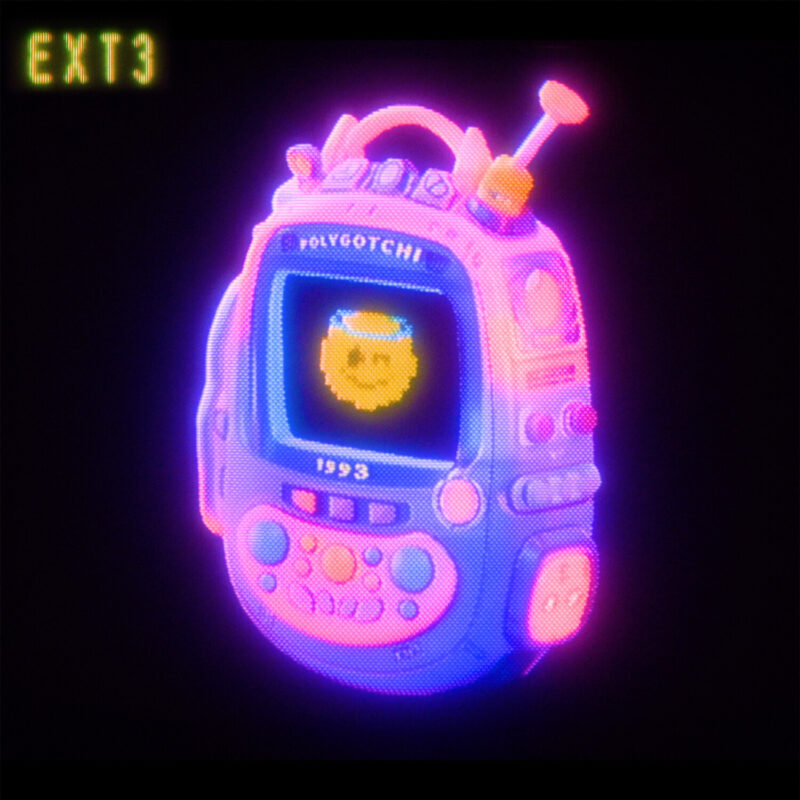
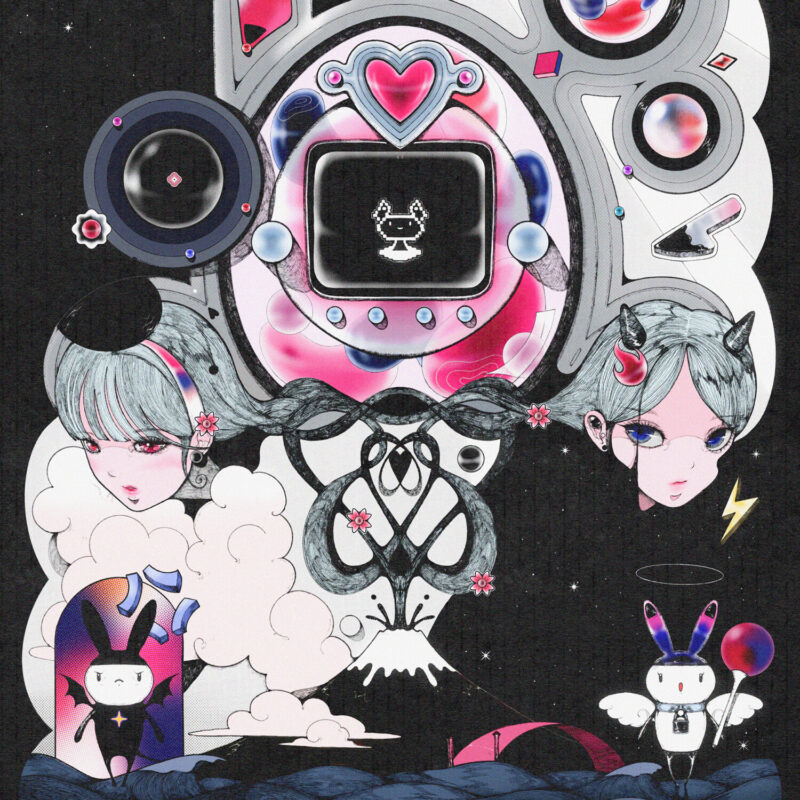
This nostalgia for Web1 has given rise to a prevalent sentiment of technostalgia within the Web3 space, and it comes with its own set of complexities.
In his essay ‘Notes on Retrofuturism’ for Right Click Save Magazine, artist Dev Harlan states:
Technostalgia can be described as the fuzzy feeling one gets when seeing a device one used to use, having forgotten all its limitations or why it was upgraded. It is the warm endearment toward home computers of the 1980s that one might have encountered as a child, or else an unexplained fetishism for technology that predates one’s own lifetime but which represents a certain idea of the future — usually the optimistic future that one wishes to inhabit, not the messy, complicated, fraught present. Nostalgia is a longing for an imagined past which allows one to gloss over unpleasant or undesirable histories in order to cope with the present. In this way, technostalgia privileges an imagined history of technology and an anesthetized view of that history. But sentimentalism is the opposite of criticality.
https://www.rightclicksave.com/article/notes-on-retrofuturism
With The Crypto Pawnshop, we posed a question: Can we create an online exhibition that evokes fond memories and emotions tied to retro or vintage electronic gadgets while also taking a critical stance, contrary to Harlan’s assertion that the two cannot coexist? We firmly believe that people can indulge their nostalgic sentiments while also being self-reflective enough to acknowledge that some things must remain in the past. But what if we took it a step further? What if sentimentality itself could be a radical vehicle for pure self-satisfaction?
This collection aims to do just that. It taps into the collective sentiment of technostalgia in Web3 while simultaneously abstracting and complicating these feelings. It achieves this by presenting digital objects that:
- Can never exist in the physical, tangible world.
- Explore broken ergonomics and Nonsensical Design—a concept that challenges functionality and prioritizes the ‘Why not?’ of liberated creative expression.
By decoupling sentimentality from productivity, from practicality, the logic of emotional manipulation in marketing tactics (such as FOMO or comparing one’s life to others on Instagram) in technocapitalism is turned on its head. Through curating a virtual storefront stocked exclusively with non-tangible, utterly dysfunctional speculative technological curiosities, we underscore the frivolous and often unproductive nature of collecting. We encourage the act of surrendering to pure sentimentality as an act of rebellion against ‘social signaling’ and technocapitalism.
We champion the sheer joy of collecting something you love as the only truly worthwhile motivation, disregarding promises of return on investment and social currency as capitalist traps. The exhilaration of owning something you adore that perhaps no one else can fully grasp takes center stage.
The Crypto Pawnshop weaves a common thread among these themes, drawing from the historical and psychological human urge to collect, delving into the subtleties of technostalgia, and demonstrating the frivolity of both through broken ergonomics and Nonsensical Design. Our vision is to create a space where visitors can immerse themselves in the euphoria of digital collecting, bridging the gap between the past and present, the virtual and tangible.
Much like the joy of stumbling upon unique trinkets in a dusty secondhand store, we aim to evoke wonder and excitement as visitors unlock virtual loot boxes and reveal exclusive NFTs. Through the contradictions of practicality versus the limitless possibilities of creativity, of form versus function, one ultimately arrives at the conclusion that the act of collecting itself holds no inherent productivity or practicality, except for the sheer delight of possessing something you cherish.
As you explore our treasure trove of artworks in this curation, we hope you will share in this sentiment.
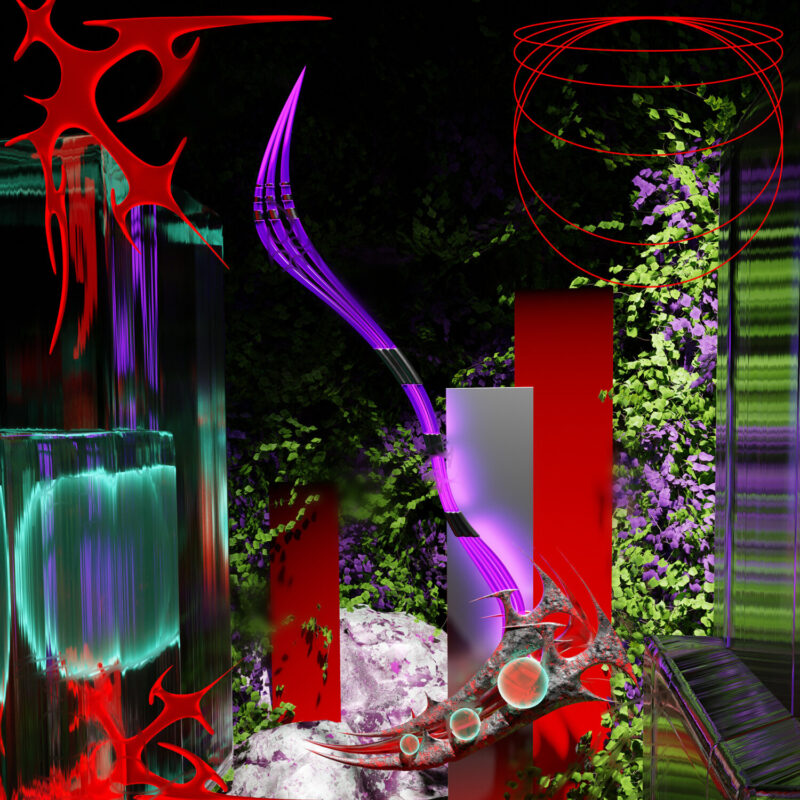
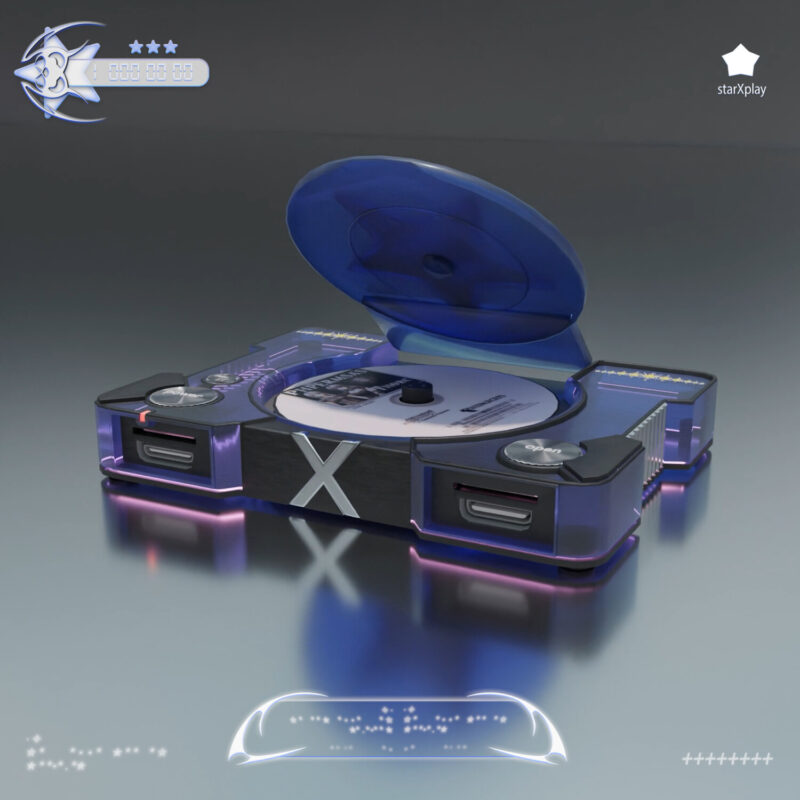
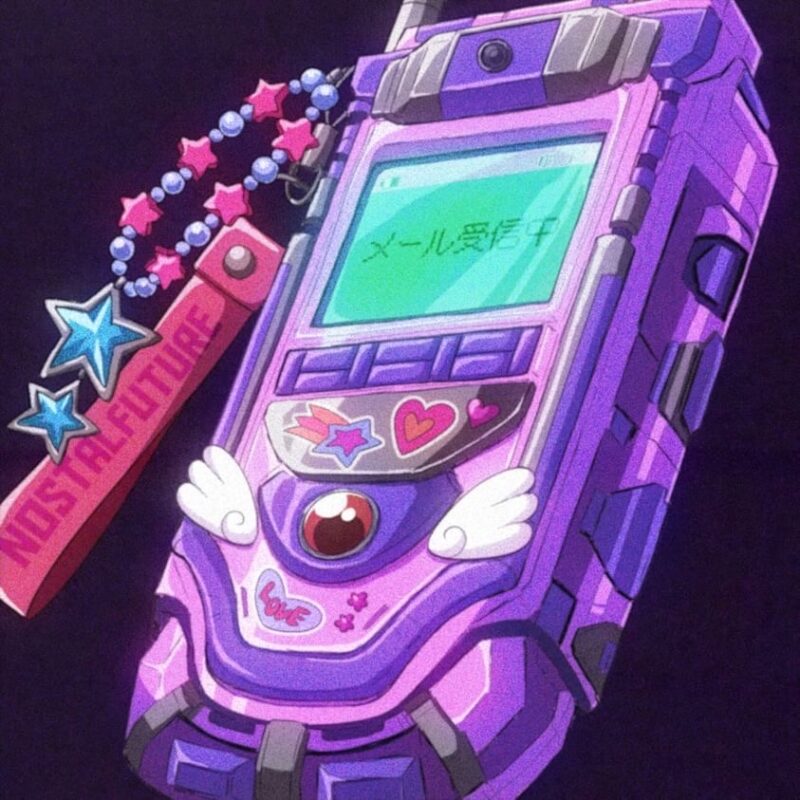
The Crypto Pawnshop artists:
Ayaka Ohira / Guruguruhyena / Kai Shinomura / Kolahon / Liv / Nickelly Garbaje / Occulted / Polygon1993 / Saeko Ehara / Violet Forest
SuperRare Space: LINK
https://superrare.com/spaces/onbd/gallery
ABOUT ONBD
ONBD is your trusted map to Web3. Our aim is to provide a seamless, informative and interactive guide to the various Web3 ecosystems, with a focus on art and culture. We act as a hub, onboarding the next generation of users by connecting them to essential resources within the Web 3 and NFT space.
https://www.onbd.art

Curators:
Vienna Kim and Benoît Palop are writers, researchers and curators of digital art. They met through their shared contribution to SuperRare Magazine, and soon found they had common interests in internet (sub)culture, gaming, and of course digital art, NFTs, and the crypto space.
Vienna is an art professional with a specialization in new media and technologies. After obtaining her BA in Art History from the University of St Andrews, and her MA in Art Business from the Sotheby’s Institute of Art, London, she has dedicated her career to exploring the intersection of the art market and technology. She has worked as a freelance writer for five years, exploring a range of topics such as how the blockchain can empower African artists, various exhibition reviews, and artist spotlights. Publications include SuperRare, Photo London and Business of Fashion. Now based in Paris, France, Vienna is the Artistic Manager at digital art and NFT company ARTPOINT. She likes talking about games and NFTs.
Benoit is a project coordinator, digital content strategist, writer, and curator based in Tokyo, Japan, with 10+ years of working experience. Originally from the south of France, he has lived in various cities around the world, including Paris, NYC, Miami, and Montreal. He has been exploring web (sub)culture, digital art, and virtual worlds since the early 2000s and deepened his knowledge through an intensive academic journey, including a Master’s degree in digital media research from Sorbonne University in Paris. He has collaborated with companies, studios, and media outlets such as SuperRare, Outland, MUTEK, VICE, i-D, Y__D, Society for Arts and Technology, Club Media, and The Creators Project (a collaboration between VICE and Intel), to name a few. Through curatorial projects, research, and writing, he enjoys exploring virtual worlds and decentralized networks. He is also passionate about discussing 90s anime, ramen, and NFTs.